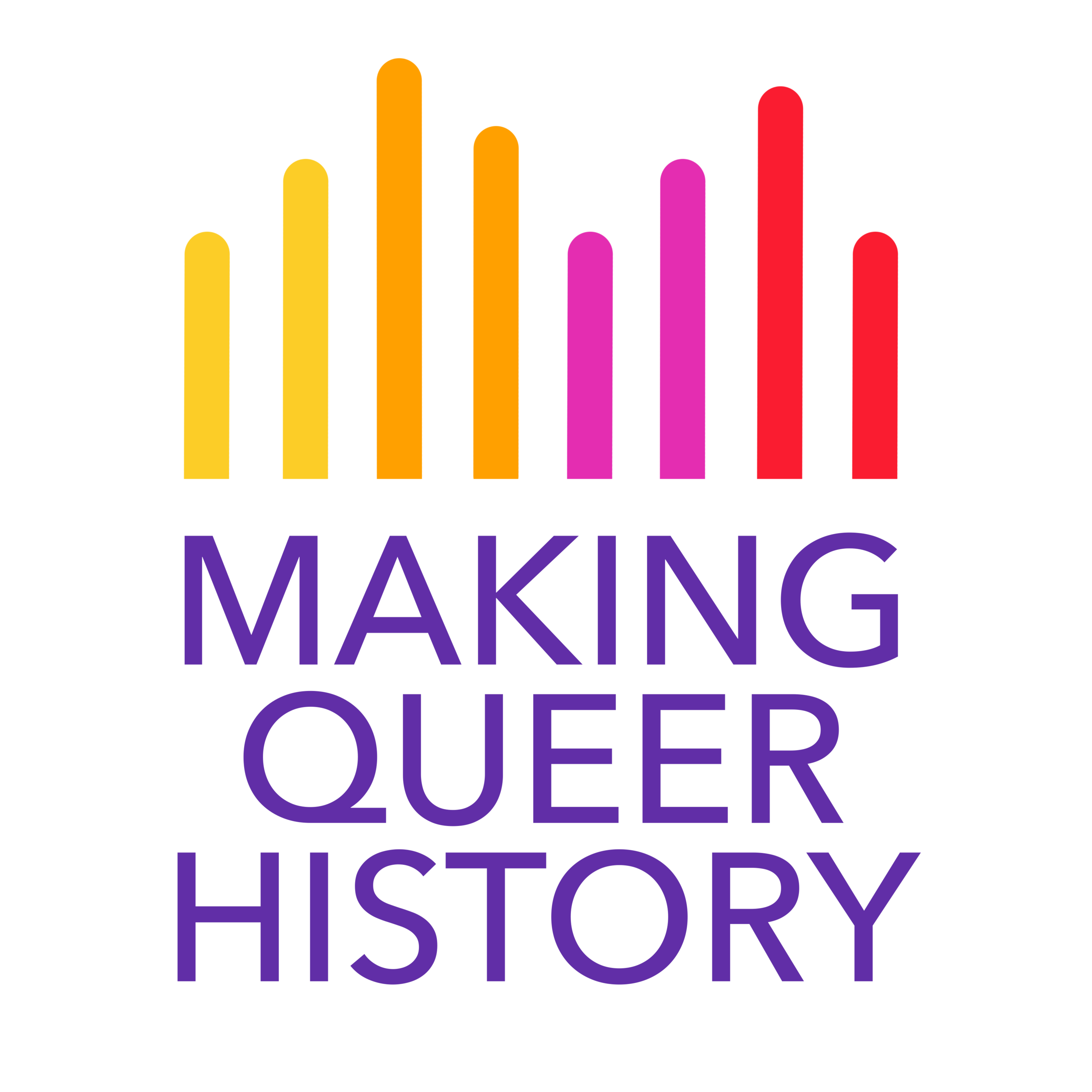There is a rich queer linguistic history in Germany. Many of the words still used to talk about queerness originated there with people like Magnus Hirschfeld, a man whose contributions to the modern queer community cannot be overstated. A lesser discussed name is Emma Trosse, and with her, the beginnings of asexuality as an identity can be found. Standing on the legacy of Karl Heinrich Ulrichs and possibly writing some of her work defending queer identities before Hirschfeld, her name deserves more discussion.
Making Queer History has a vague title because it has a rather vague purpose. We are not alone in our aim to tell the queer community’s history. What defines us is our focus not only on the past, but toward the future.




